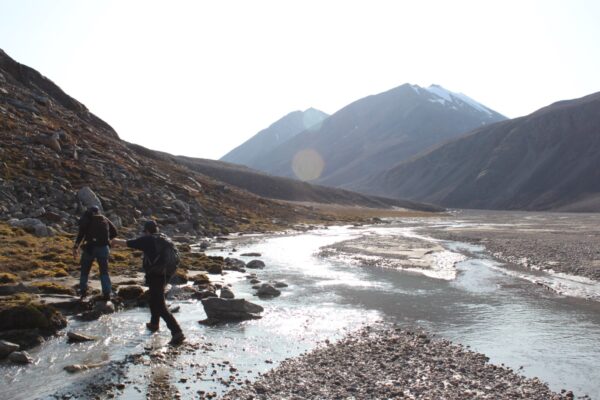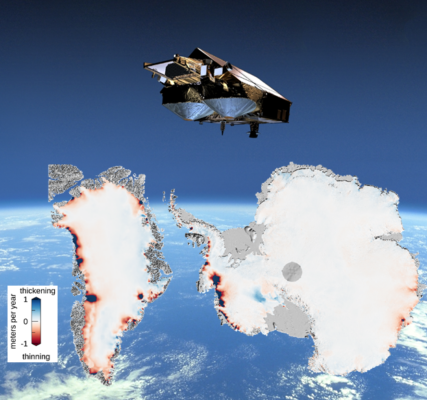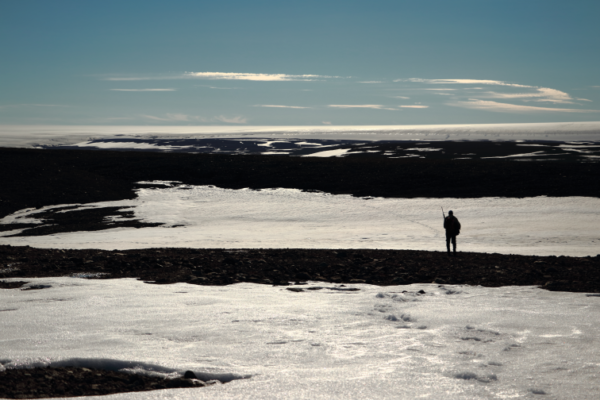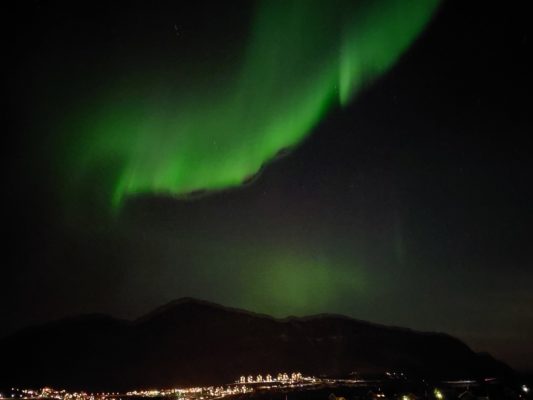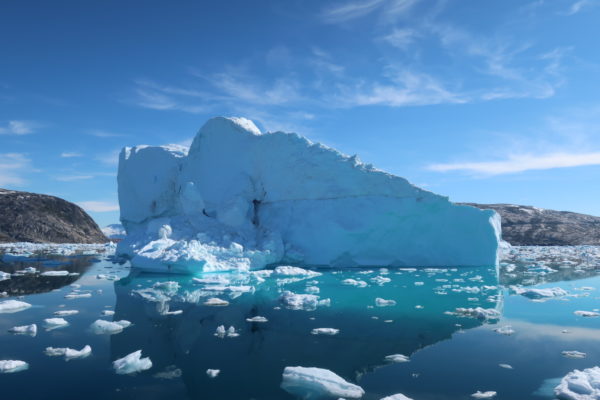Arctic fieldwork is a meticulous dance with the ever-fickle weather, where nature’s temperament can determine the course of scientific endeavors. Rain or fog can swiftly put a halt to even the most well-laid plans. This holds true for Greenland, where proximity to the ice cap doesn’t shield researchers from the capriciousness of the climate. In August 2023, the Deep Purple ERC Project ...[Read More]
We are back – with 4 Arctic fieldwork stories!
You might have missed our weekly blog posts, but we are back! This week’s post highlights four field work campaigns our cryo community conducted. Join us on a journey to Greenland, Svalbard and Alaska to learn about methane emissions, glacier flows, tundra fires and ice microbes. Chasing methane in Greenland The subglacial environment of the Greenland Ice Sheet is a relatively new discovered ...[Read More]
Did You Know That It Ain’t Easy Being Greenland?
As a reader of the Cryosphere blog, you may have spent a lot of time looking at the Greenland Ice Sheet, but do you really know what Greenland looks like? This “It Ain’t Easy Being Greenland” map is something I made for fun during the #30DayMapChallenge (an international project to complete one map a day during the month of November) and highlights how different the island country appears dependin ...[Read More]
For Dummies: Radar altimetry for measuring ice sheet elevation changes
Does measuring the surface of the ice sheets provide more than superficial knowledge of their current status? Read further to find out why the answer is definitely yes! Measuring surface elevation changes actually tells us where Greenland and Antarctica are thinning or thickening and how much they contribute to sea level rise. Scientists have been doing this for the past three decades, so keep on ...[Read More]
Image of the week – The gaze of the ice cap
We are getting used to perceiving glaciers more and more distant and disconnected from our mountains. With each passing year, it is more difficult to observe them, reach them or climb them. They are becoming an exotic element of the Alpine imagination. When our gaze rests on a mountain glacier, with its crevasses and large moraines, we are filled with the fascination of someone observing a new nat ...[Read More]
Camp Century re-visited: sediment from the bottom of a Cold War ice core reveals Greenland’s warm past
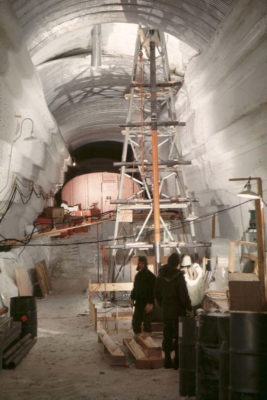
A Cold War nuclear-powered military base inside the Greenland Ice Sheet sounds like science fiction, but the science that came out of this U.S. army installation was anything but fiction. In last week’s EGU CR blog post, Paul Bierman and Amanda Schmidt discussed the advances made by the U.S. military in operating across the Greenland Ice Sheet that culminated in the establishment of Camp Century i ...[Read More]
Living IN the Greenland ice sheet: the story of Sites I and II, Camp Century’s older, smaller siblings
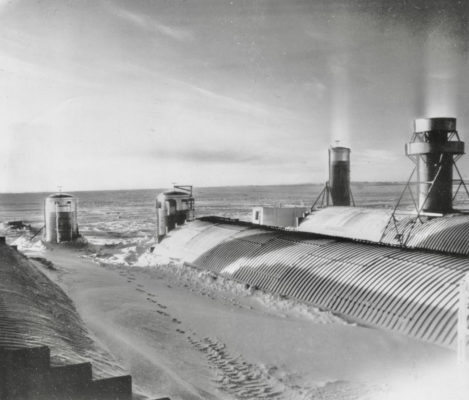
Greenland, cold as it is, was appropriately front and center in the Cold War. Strategically placed between Europe and North America, the United States sought to maintain and enhance its position on the island so that American missiles and bombers were in striking range of many Soviet targets. Soviet bombers and missiles coming toward North America would streak over Greenland making early warning c ...[Read More]
CryoAdventures – Three months in Nuuk, the world’s northernmost capital!
I have just returned from nearly three months in Nuuk, the capital of Greenland, where I was doing my PhD placement at Asiaq Greenland Survey. Read on to find out what science I got up to… everything from mapping mountain glacier snowline change to avalanches! How do you map glacier snowline evolution? During my PhD research placement, I was working at Asiaq Greenland Survey in their Hydrolo ...[Read More]
Re-discovering the British North Greenland Expedition 1952-54

How did we (nearly) all forget about, or simply overlook, a large-scale two-year long mid-20th Century scientific expedition to the northern Greenland Ice Sheet? Particularly an expedition that kick-started some significant glaciological and geophysical careers, developed large-scale polar logistical capabilities, traversed the ice sheet, acquired some novel and critical data, and asked some big r ...[Read More]
Image of the Week – Icebergs increase heat flux to glacier
Icebergs are ubiquitous in Greenland’s fjords, melting and releasing freshwater as they float towards the open ocean. The amount of freshwater released from these icebergs can be vast – the equivalent of around 50,000 Olympic swimming pools per day in some fjords. New research reveals that this freshwater causes fjord currents to speed-up, which can actually increase the amount of heat delivered t ...[Read More]


